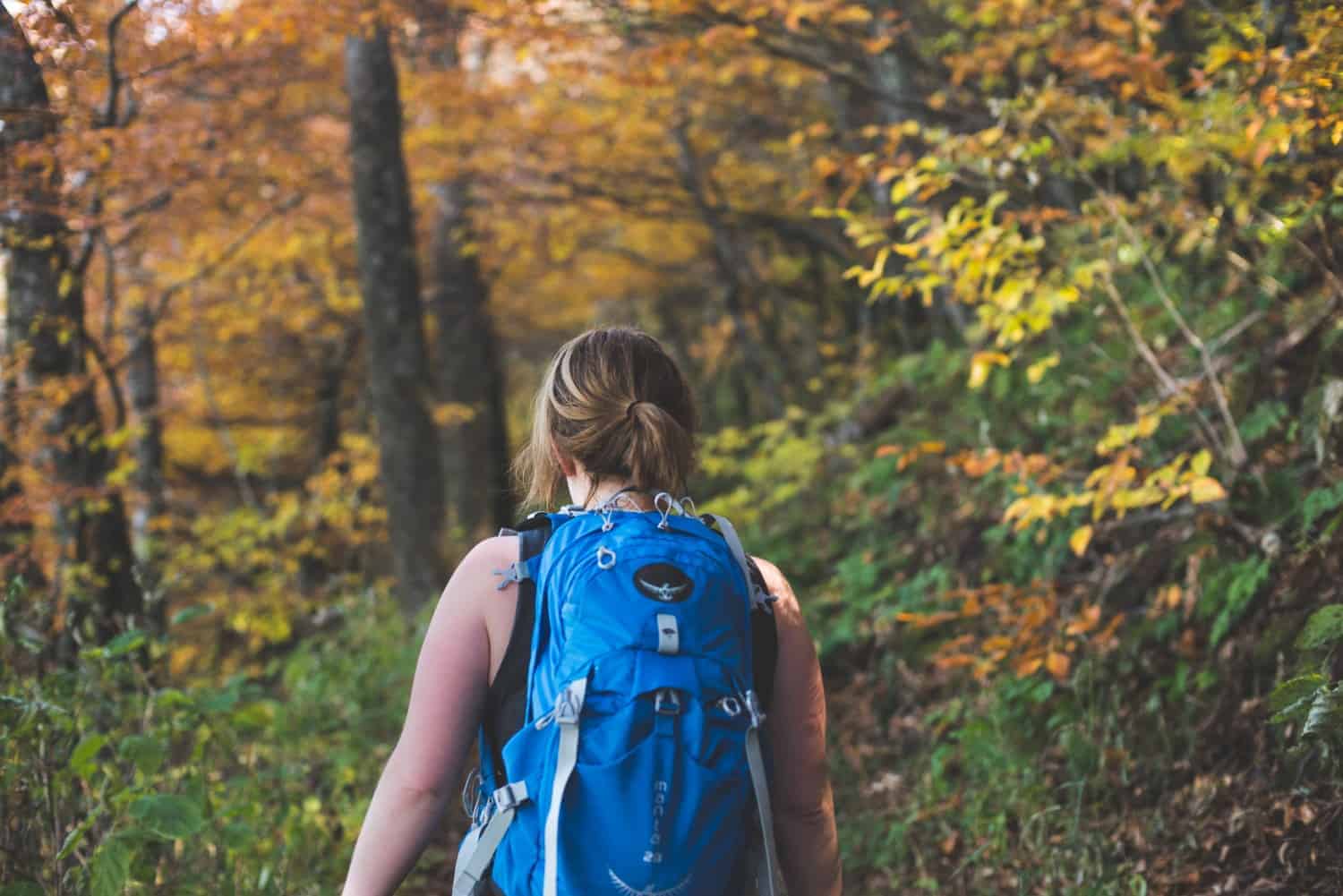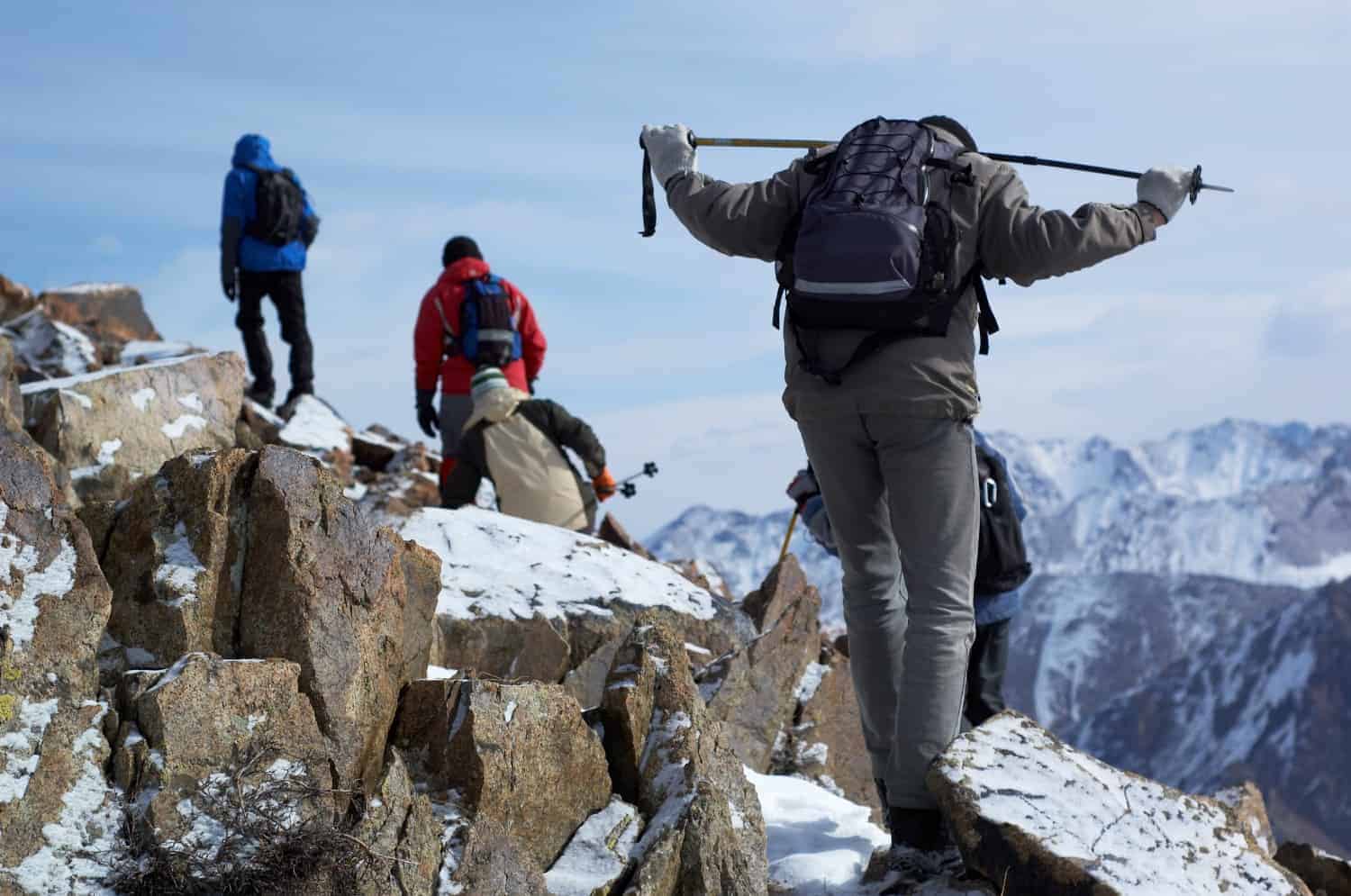Summer Safety Series

In many places across the country, summer is a great time for hiking. With kids out of school, people taking vacation, and days lasting longer, more and more people are hitting the trails – both seasoned veterans and newcomers. Whether you’ve been hiking your entire life or you’re just starting out, there are certain precautions you should take while hiking to avoid potentially dangerous situations. Every week throughout the summer, we’re going to share some safety tips to make your summer hiking season as enjoyable and as safe as possible.
Here are some tips you can look forward to:
- The most common mistakes people make when planning a hike
- Knowing your limits and listening to what your body is telling you
- The 10 Essentials
- When the going gets rough, know when to turn back
- 4 things to think about before every hike
- Are there trails that are too dangerous?
- When to use hiking poles
- How to dress for a hike
Happy Trails!
The most common mistakes people make when planning a hike:
Perhaps the biggest mistake is not planning adequately for a hike. So often, hikers will anticipate the entry hike without taking into full account the return hike, even if it is mainly downhill. Not preparing for changing weather can be uncomfortable, if not life-threatening, along with miscalculation of daylight and then hiking in the dark without a flashlight (one of AHS’s 10 Essentials of Hiking). The greatest enemies of a tired, inadequately prepared hiker are: panic; confusion; and lack of action.
Here’s the truth—most hikers, even experienced ones, spend too much time and energy worrying about the scary—but low percentage threats like bears, mountain lions and poisonous snakes (granted, in some areas these are real threats, but..) and not enough time concerning themselves with the dull but common dangers like germs, blisters and hypothermia. As I noted, dramatic changes in weather when not prepared for it, water crossings when you can’t swim or have the skills/equipment to cross safely and over-dependence on technology to save the day are far-greater concerns.
And the number one threat, whether for day hiking or backpacking? Getting lost! The trail  you are following fades out. A storm obscures trail markers. You’ve misjudged how long it would take you to climb the peak and now you have to stumble along in the dark—lost, cold and frightened (enter our enemies, panic and confusion). Knowledge is your best defense. Learn your trail maps, know how to use a compass and always leave word of your plans with friends and/or rangers. The typical lost hiker has not prepared well and also hasn’t packed any survival gear—AHS ten essentials of hiking. Poor decisions especially “plowing ahead” when the trail is lost, rather than backtracking to a known spot is a recipe for getting lost or worse. One of the most common and avoidable mistakes is hiking without ever looking back. Looking towards your destination is required, of course, but the trail looks very different on the return. Periodically look back down the trail, make note of key landmarks and crossings and you will have a safe hike and get home.
you are following fades out. A storm obscures trail markers. You’ve misjudged how long it would take you to climb the peak and now you have to stumble along in the dark—lost, cold and frightened (enter our enemies, panic and confusion). Knowledge is your best defense. Learn your trail maps, know how to use a compass and always leave word of your plans with friends and/or rangers. The typical lost hiker has not prepared well and also hasn’t packed any survival gear—AHS ten essentials of hiking. Poor decisions especially “plowing ahead” when the trail is lost, rather than backtracking to a known spot is a recipe for getting lost or worse. One of the most common and avoidable mistakes is hiking without ever looking back. Looking towards your destination is required, of course, but the trail looks very different on the return. Periodically look back down the trail, make note of key landmarks and crossings and you will have a safe hike and get home.
The 10 Essentials of Hiking
1. Appropriate footwear. For a short day hike that doesn’t involve a heavy pack or technical terrain, basic low-cut trail shoes are great. For longer hikes, carrying heavier loads, or more technical terrain, hiking boots offer more support.
2. Map and compass/GPS. A map and compass not only tell you where you are and how far you have to go, it can help you find campsites, water, and an emergency exit route in case of an accident. While GPS units are very useful, always carry a map and compass as a backup.
3. Extra water and a way to purify it. Without enough water, your body's muscles and organs simply can't perform as well. Consuming too little water will not only make you thirsty, but susceptible to hypothermia and altitude sickness.
4. Extra food. Any number of things could keep you out longer than expected: getting lost, enjoying time by a stream, an injury, or difficult terrain. Extra food will help keep up energy and morale.
5. Rain gear and extra clothing. Because the weather forecaster is not always right. Dressing in layers allows you to adjust to changing weather and activity levels. Two rules: avoid cotton (it keeps moisture close to your skin) and always carry a hat.
6. Safety items: fire, light, and a whistle. The warmth of a fire and a hot drink can help prevent hypothermia. Fires are also a great way to signal for help if you get lost. If lost, you’ll also want the whistle as it is more effective than using your voice to call for help (use 3 short bursts). And just in case you’re out later than planned, a flashlight/headlamp is a must-have item to see your map and where you’re walking.
7. First aid kit. Prepackaged first aid kits for hikers are available at any outfitter. Double your effectiveness with knowledge: take a first aid class with the American Red Cross or a Wilderness First Aid class.
8. Knife or multi-purpose tool. These enable you to cut strips of cloth into bandages, remove splinters, fix broken eyeglasses, and perform a whole host of repairs on malfunctioning gear.
9. Sun screen and sun glasses. Especially above treeline when there is a skin-scorching combination of sun and snow, you’ll need sunglasses to prevent snow blindness and sunscreen to prevent sunburn.
10. Daypack/backpack. You’ll want something you can carry comfortably and has the features designed to keep you hiking smartly. Don’t forget the rain cover; some packs come with one built-in. Keep the other Essentials in the pack and you’ll always be ready to hit the trail safely.
4 Things to Think About Before Every Hike
This is especially prevalent with people who think they are just taking a ‘short hike’ and think it is silly to tell someone where they are going. With hiking, common sense and preparation are essential to have an enjoyable, trouble-free hike. Sometimes, more thought is put into preparing to go shopping at the mall than hitting the trail. I recommend that for every hike you:
- Make a plan – this includes telling someone else and estimating how long the total hike will take, plus extra time;
- Hike Smart – a smart phone is no good if it does not work and even if you can get a signal and talk to rescuers, rangers, or friends if you don’t know where you are, what then? Reading about the trail beforehand, knowing what to expect from the trail, and knowing about how long the trail should take are all pieces of information that are important for you to know and for someone back home to know;
- Go Prepared – As noted earlier, always carry the 10 Essentials with you on every hike (scroll up for an outline of the 10 Essentials);
- Know Your Capabilities – People who don’t turn back when common sense, or others with common sense, tells them they can’t make it up and back safely are foolhardy and sometimes dangerous to themselves and others.
Knowing your limits and listening to what your body is telling you
Knowledge—of the trail conditions, difficulty, terrain and time/effort it takes to go out AND back. Know your limitations, whether they are physical conditioning, balance issues, or any limiting medical conditions. Hiking should test your limits, but only up to a point. Let’s take for example, altitude sickness. Altitude sickness is a special situation, as it can impact even the strongest, heartiest of hikers who thinks that because they can do anything at low elevation, the same goes once they go higher. Acute Mountain Sickness (AMS) occurs in 25% of people above 8,000 ft with symptoms including confusion, fever, rapid heartbeat, shortness of breath, cough or extreme fatigue. And AMS has a one-two punch impact on many people as these symptoms then also contribute to confusion and disorientation which can increase the risk of falling, getting lost, dehydration and hypothermia. Most hikers who get lost, get lost in the mountains – and you can see how the altitude, coupled with poor preparation, can create a negative cascading effect of problems.
When to use hiking poles —
I love my hiking poles. Many strong, younger hikers don’t use hiking poles unless conditions are really extreme, but for most hikers, especially as you get older, they become an essential tool. There are myriad benefits of using poles (I use Leki poles), including: improved balance, stability and improved posture (which improves breathing—and boy does that help when you are huffing and puffing); protection of the knees (amen!); increased caloric expenditure due to higher use of upper body muscle groups, which using your arms and core muscles helps to build and condition your upper body as you hike; improves power and endurance; heart muscle is supported by upper movement; and perhaps most importantly, all these together contribute to a safer, more enjoyable hike.
